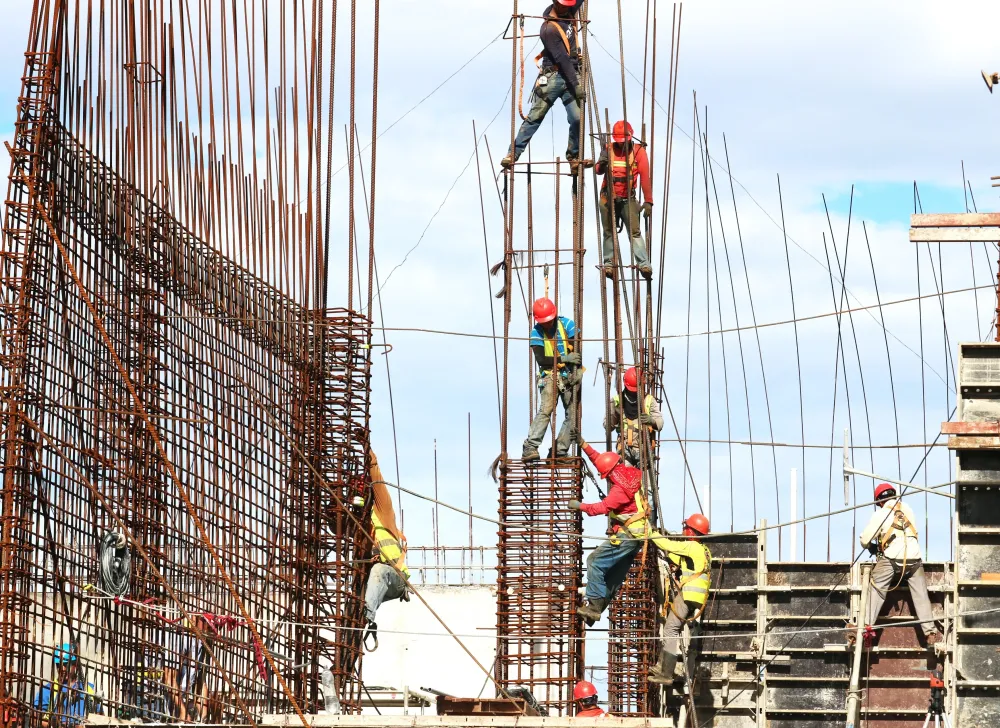
Essential PPE in the Food Industry: What You Need to Know
Overwhelmed by PPE options for food safety? Master your PPE selection for food workers safety with these practical tips.

Get 20€ off on your first order!
Personal Protective Equipment (also known as PPE) is essential for reducing the risk of injuries and keeping your workers safe on the job.
Before you start sourcing the best PPE supplies for your workers, you should know what are your industry-specific hazards and make sure the PPE products on your radar comply with the necessary safety standards.
To read more about this, check our previous blog posts:
We hope these resources can help you make an informed decision on what PPE supplies you should add to your inventory.
However, choosing the right personal protective equipment is just the first step. In order to maximise the safety of your workers, it’s equally important to follow the right PPE procedures concerning its use, maintenance, and disposal.
In this article, we will walk you through the best practices for PPE procedures you and all PPE users should follow.

As previously mentioned, the effectiveness of your PPE supplies depends on their:
But there’s another important factor to add to the equation: proper PPE usage.
What we mean is that you can choose the right PPE supplies to shield your workers against specific hazards, but the personal protective equipment won’t do much if the wearers don’t use it correctly (e.g. wearing a PPE mask below the nose). That’s why your workers should always receive training on the correct way to put on, adjust, wear, and remove their personal protective equipment.
Moreover, it’s important to ensure that the PPE is worn consistently and properly, covering all necessary body parts, without impeding movement or visibility.
When it comes to PPE maintenance there’s a lot of ground to cover as the right procedures are strictly related to each PPE product category.
That being said, as a general rule of thumb, it’s important to store PPE supplies in a clean, dry place away from direct sunlight and extreme temperatures to ensure that it remains in good condition and ready for use.
Moreover, there are three procedures for PPE maintenance you must always follow. Let’s take a closer look!

Whether your personal protective equipment didn’t pass the inspection or has served its purpose, PPE disposal is just as important as its correct usage and maintenance.
As with PPE maintenance, the disposal processes vary according to the PPE category. However, some common best practices for PPE disposal include:

All in all, personal protective equipment (also known as PPE) is a critical component of workplace safety, and it’s paramount for PPE buyers to have a comprehensive understanding of what are the best practices for selecting, using, maintaining, and disposing of their PPE supplies.
We hope this article has provided you with insights and practical tips on PPE procedures. If you want to read more on how to select the right PPE for your use cases and how to ensure your personal protective equipment of choice is compliant with European PPE Regulations, check out the following blog posts:
Finally, remember that purchasing the right PPE equipment and following all the right PPE procedures for usage, maintenance, and disposal are crucial for ensuring the safety and health of your workers, and contributing to the success of your business.
Browse our extensive catalogue of PPE products from Europe’s top-rated suppliers and find all the best fits at the best prices.
Need a shortcut? Here are the main PPE categories we offer:
Thank you! You've signed up for our newsletter.



















Overwhelmed by PPE options for food safety? Master your PPE selection for food workers safety with these practical tips.

Struggling to maintain clear vision in demanding environments? This guide is here to help. By the end, you’ll know exactly...

Electricians across Europe face unique challenges that require reliable safety glasses to ensure both protection and efficiency. Whether safeguarding against...

Overwhelmed by PPE options for food safety? Master your PPE selection for food workers safety with these practical tips.

Struggling to maintain clear vision in demanding environments? This guide is here to help. By the end, you’ll know exactly...

Electricians across Europe face unique challenges that require reliable safety glasses to ensure both protection and efficiency. Whether safeguarding against...
Get 20€ off on your first order!
Save 30% by buying directly from brands, and get an extra 10€ off orders over €100
Save 30% by buying directly form brands, and get an extra 10€ off orders over €100